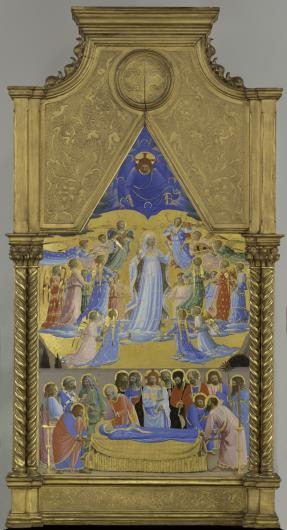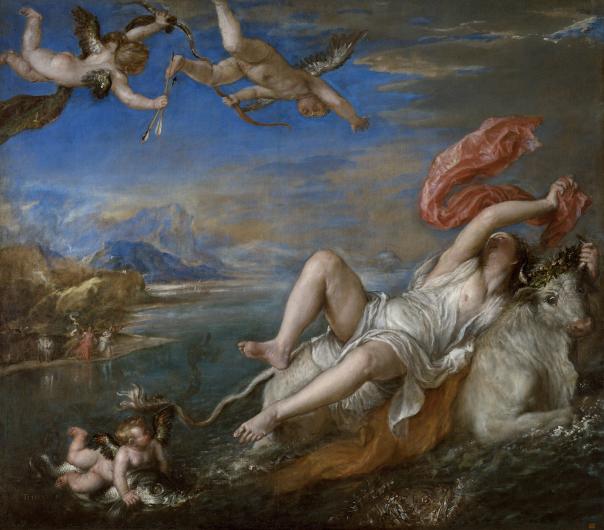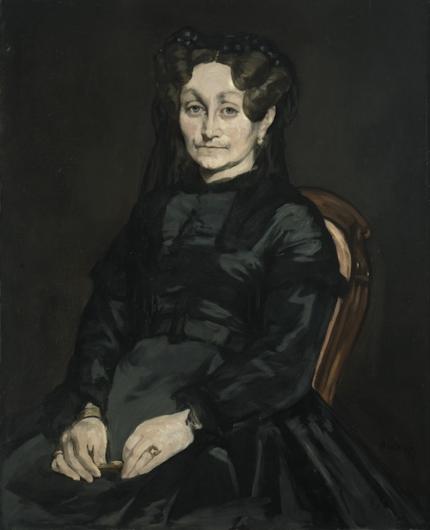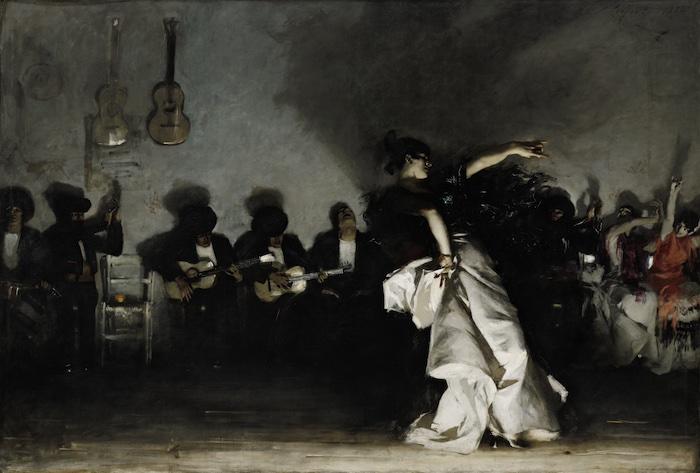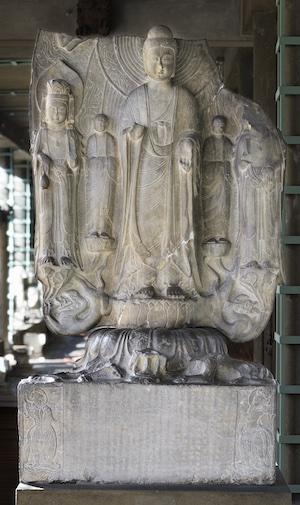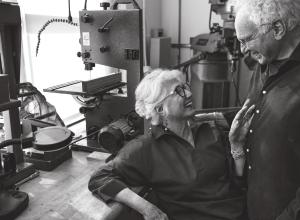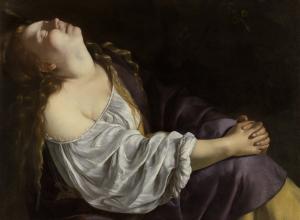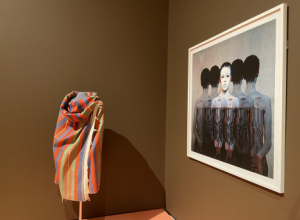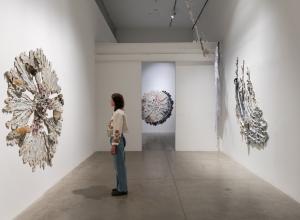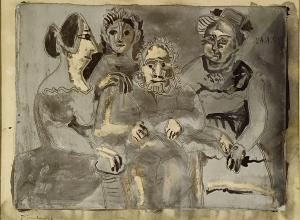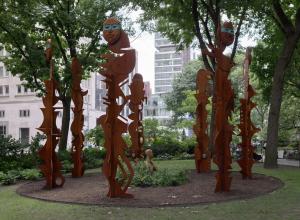
Rape of Europa, Titian
A “must see” during any visit to Boston, the Isabella Stewart Gardner Museum showcases amazing masterworks from all over the world. Founder Isabella Stewart Gardner deliberately designed and arranged the museum to encourage an intimate art experience and even decreed in her will that the collections be permanently exhibited "for the education and enjoyment of the public forever."
This museum is also the site of an infamous and unsolved act of art theft– the largest property heist in history. The caper was even the subject of a popular Netflix documentary. On March 18th, 1990, thieves disguised as police officers immobilized the security guards and stole over $500 million worth of masterworks by Vermeer, Rembrandt, Manet, and Degas. The FBI investigation is still ongoing and there is a $10 million reward for information leading to the return of the art, with empty frames hopefully saving space on the museum walls.
Despite being short a few masterpieces, the Isabella Stewart Gardner Museum is still a fabulous treasure trove. Here are ten must-see works compiled by the museum curators:




